The History of Jewelry Around the World Series
The Western United States during the 19th and early 20th centuries experienced many changes in its identity, and the idea of the American West during this time is often romanticized. Although the realities of this time were harsh and often brutal, there was much innovation and beauty when it came to jewelry and accessories that were worn and used by the men and women who lived during this period.
The American West is synonymous with gold and silver rushes, not to mention pocket watches keeping time for the individuals building and operating our railroads, which were hugely important during the time and remain so to this day. Jewelry and accessories were both decorative and functional, and necessarily so!
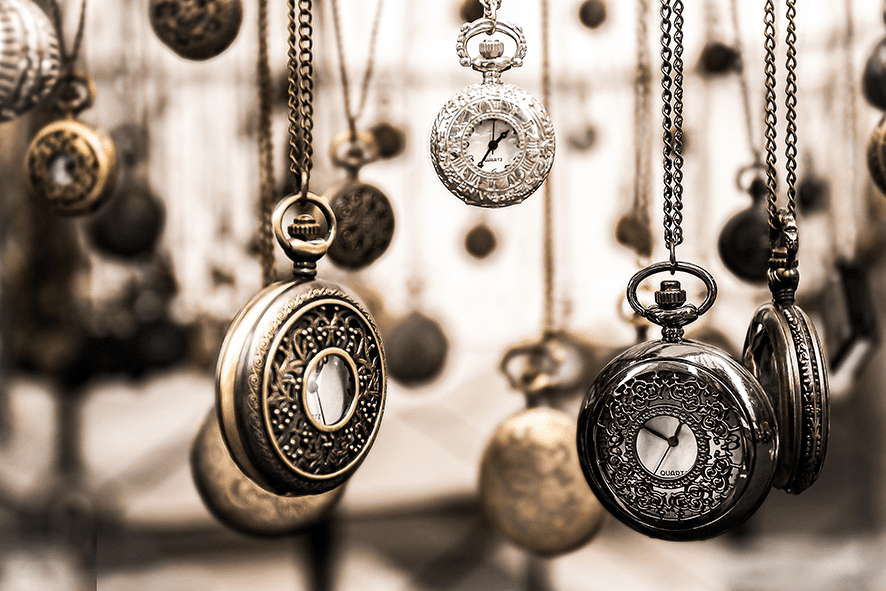
The Many Mining Booms of the American West
The California Gold Rush happened in 1849, which had a remarkable sociological and socioeconomic impact on the region and on the country as a whole. Thousands of Americans headed out West in search of gold, silver, and other riches. Even after the Gold Rush, Pikes Peak, Leadville, and the Comstock Lode yielded bountiful bonanzas. The Comstock Lode itself was the largest of all-American silver strikes.
Boom towns also sprang up in places like Coeur D’Alene, Idaho and Tombstone, Arizona. You can bet that many rings, pocket watches, belt buckles, and other western-style accessories were born out of this.
One thing that might be romanticized about the American West is the idea of cowboys and miners hanging out at saloons all day and night, drinking whisky and whatnot. Although each mining bonanza required a town, and most of these had at least a single swinging-door saloon within them, most people who came out to the West to strike it rich worked long hours and did not have the luxury of many creature comforts. Those who were successful put in a tireless effort to edge out stiff, often murderous competition.
Tycoons, Pocket Watches, Railroads — Oh My!
In the last half of the 19th century the United States experienced significant railroading innovation and application — which happened to drive up demand in pocket watches.
The use of interchangeable parts in pocket watches helped cut manufacturing cost — not to mention cost of pocket watch repair.
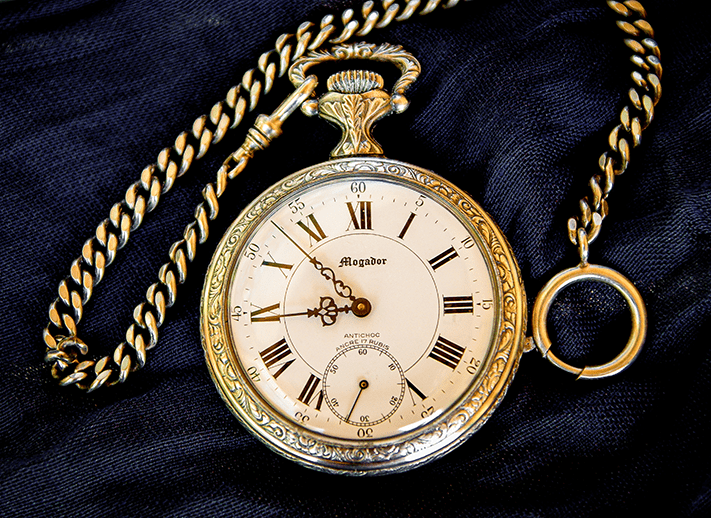
Vintage Mogador Pocket Watch Timepiece
Model 57 pocket watches were widely popular and were made with coin silver (termed “one nine fine”). This 90% pure silver alloy got its name because it was commonly used in dollar coinage. Coin silver is slightly less pure than sterling silver, which comes in at 92.5% pure.
Trains operated on strict timetables, and pocket watches were instrumental in helping railroad workers stay on task and on schedule. One famous train wreck happened on the East Coast in Kipton, Ohio (April 19, 1891) due to the fact that one of the engineers’ watches stopped working for four minutes.
After this occurrence, railroad officials commissioned Webb C. Ball as Chief Time Inspector — now that’s a job we can get behind!
As Chief Time Inspector, Ball established new precision standards as well as a reliable timepiece inspection system that could be used to synchronize Railroad chronometers, which ended up leading to the adoption of more stringent standards for pocket watches in 1893.
These railroad-grade pocket watches were tasked with meeting General Railroad Timepiece Standards — which were adopted in 1893 by nearly every railroad.
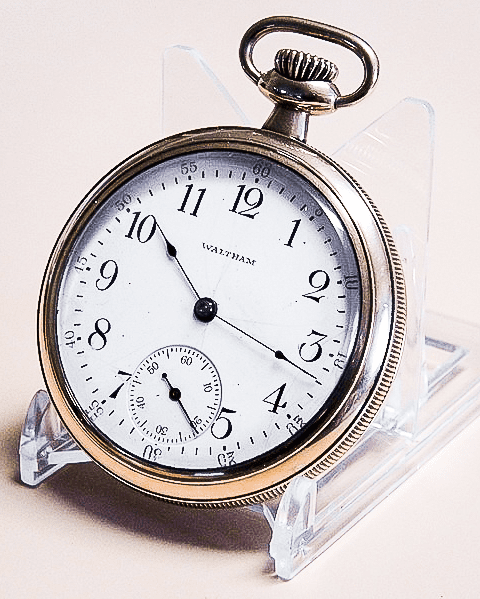
Vintage American Waltham Pocket Watch Model 1908¹
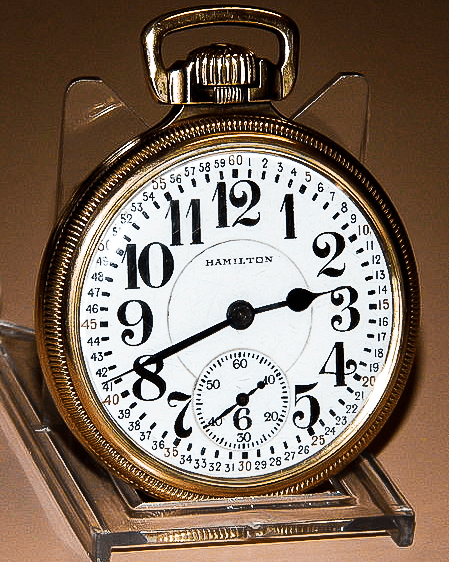
Vintage Hamilton Pocket Watch Railroad Grade Model 1929²
Gold, Silver, Pearls, and More
In the American West, despite its wealth in gold and silver, there was still a demand for imported goods — imported goods being a sign of affluence throughout history and to this day.
As the budding American jewelry industry expanded out of cramped workshops and into large factories, products went from good old fashioned handcrafted to increasingly mechanized in their production.
American jewelers, goldsmiths and silversmiths supplied wealthy patrons with jewelry and accessories made of gold and silver, not to mention hair jewelry for brides, brooch-and-earring sets that were inspired by France, and pearls imported from both China and India.
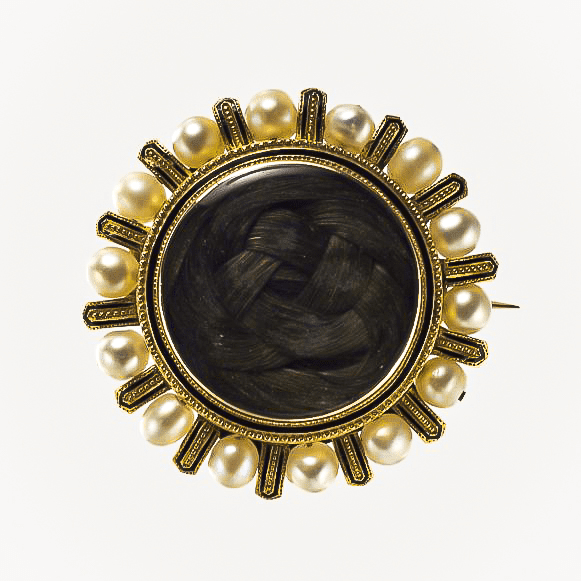
American West Brooch³
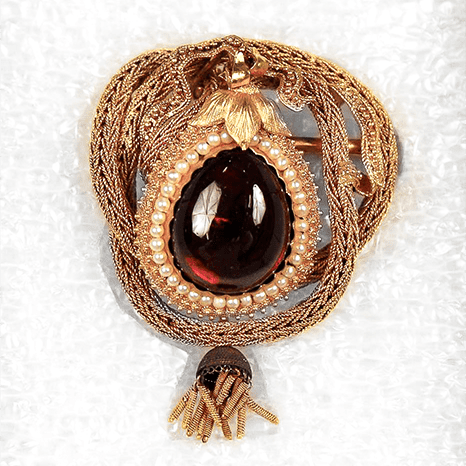
American West Ruby Brooch⁴
Additional Accessories of the American West
Just like with early American colonials, eating and drinking was a big part of American culture during the cowboy and cowgirl days as well. Drinking vessels used by wealthier folks were often made of silver and held beverages like beer, wine, and punch.
In the old west watches, rings, and other jewelry were often used as stakes for gambling — practices which might still be seen in our time.

Resources:
- American History Information: https://www.metmuseum.org/
- American History Information: https://www.britannica.com/
- American History Information: https://www.greenwichpocketwatch.co.uk/
- American History Information: https://www.ushistory.org/
- ¹Vintage American Waltham Pocket Watch Model 1908: https://commons.wikimedia.org/
- ²Vintage Hamilton Pocket Watch Railroad Grade Model 1929: https://commons.wikimedia.org/
- ³American West Brooch: https://picryl.com/
- ⁴American West Ruby Brooch: https://jenikirbyhistory.getarchive.net/

My Jewelry Repair
Continuing the History of Jewelry
We can both repair and restore classic timepieces and jewelry creations from the past, not to mention keep your new stuff shining bright and up-to-scratch. My Jewelry Repair has a long track record of success and we perform over half a million repairs each year.
Contact us today to learn more about our easy online jewelry and watch repair service!
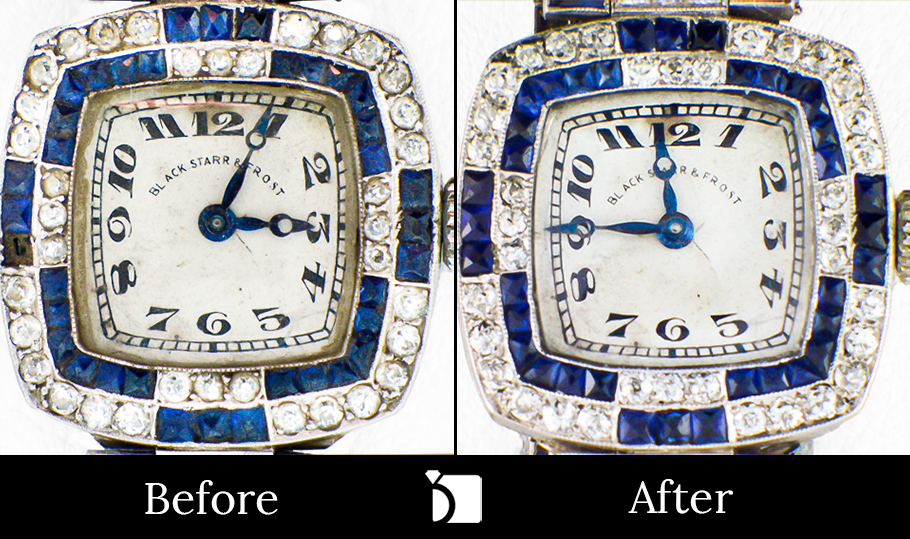
Before & After #35: Vintage 1920’s Black Starr & Frost Timepiece
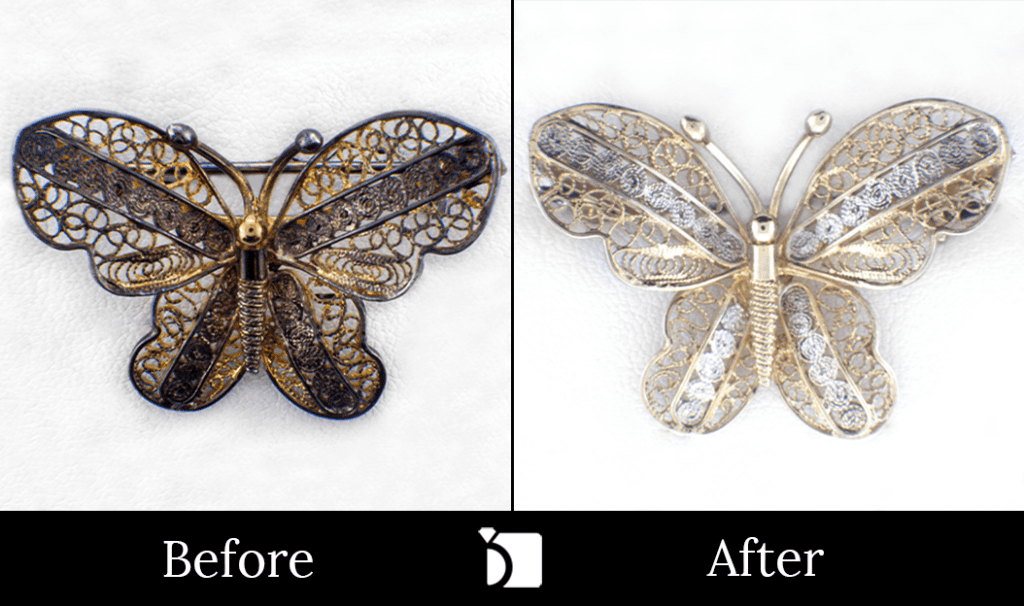
Before & After #12: Vintage Butterfly Brooch
